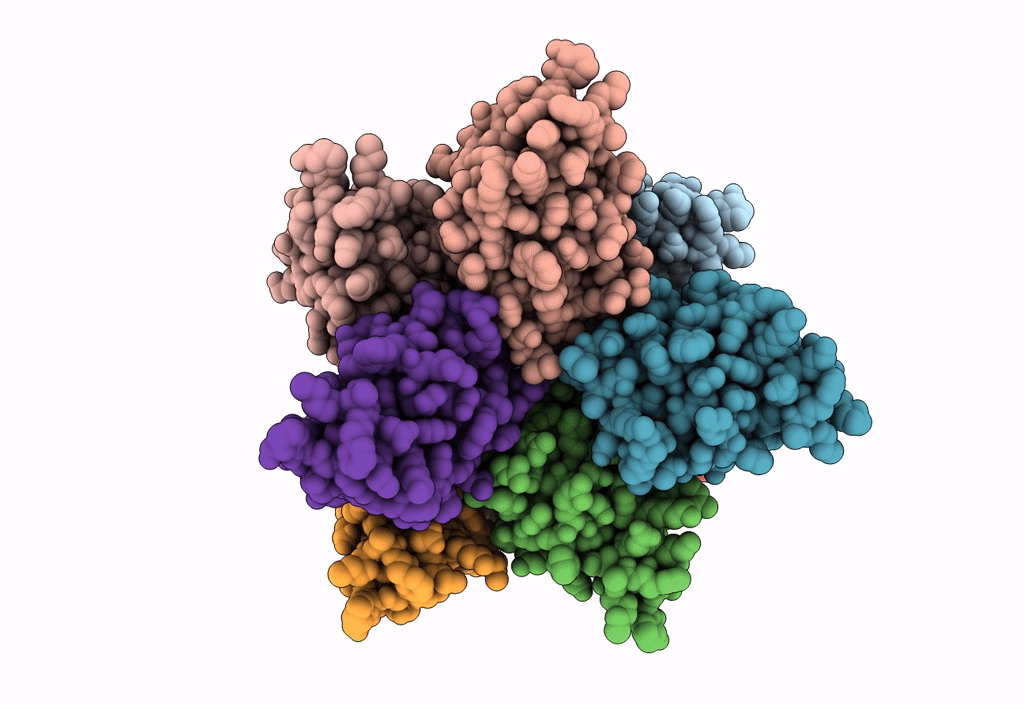
Deposition Date
2014-03-13
Release Date
2014-07-30
Last Version Date
2024-02-21
Entry Detail
PDB ID:
3J6J
Keywords:
Title:
3.6 Angstrom resolution MAVS filament generated from helical reconstruction
Biological Source:
Source Organism:
Homo sapiens (Taxon ID: 9606)
Host Organism:
Method Details:
Experimental Method:
Resolution:
3.64 Å
Aggregation State:
FILAMENT
Reconstruction Method:
HELICAL


